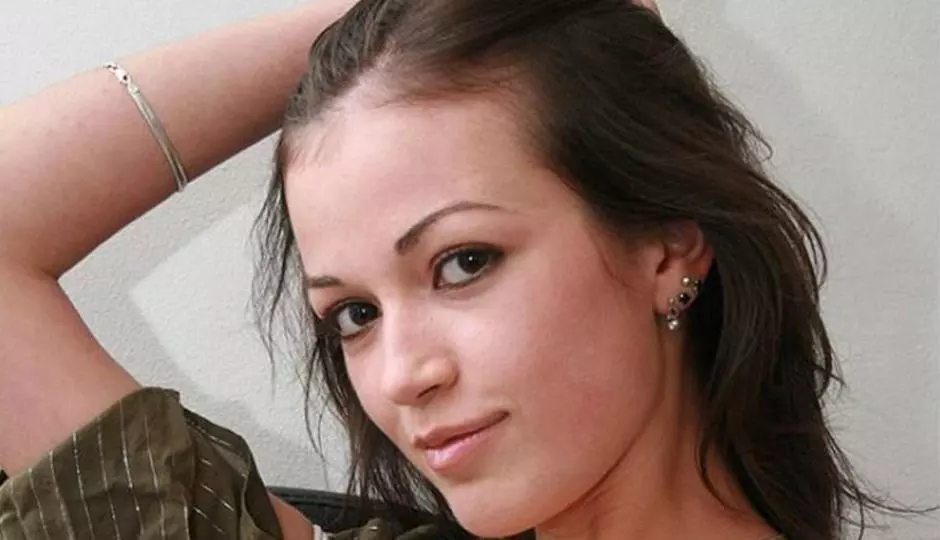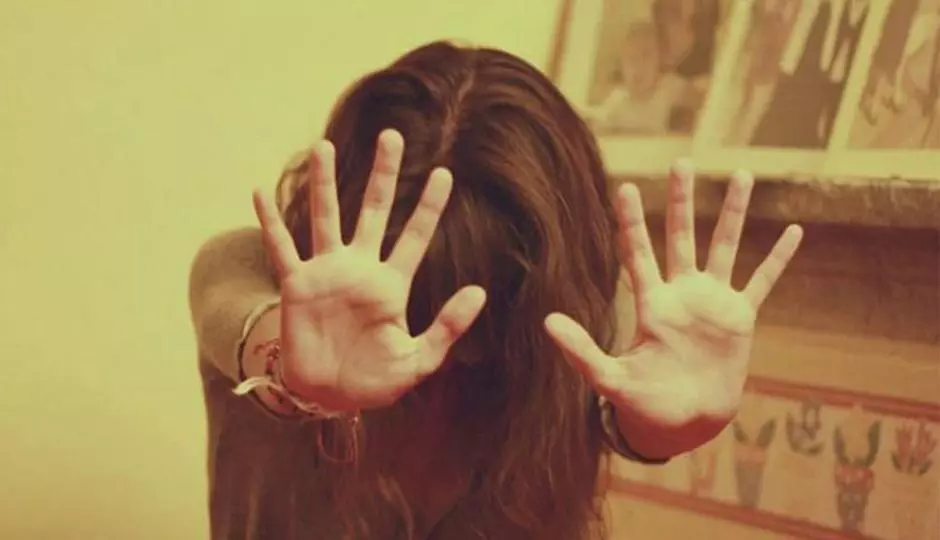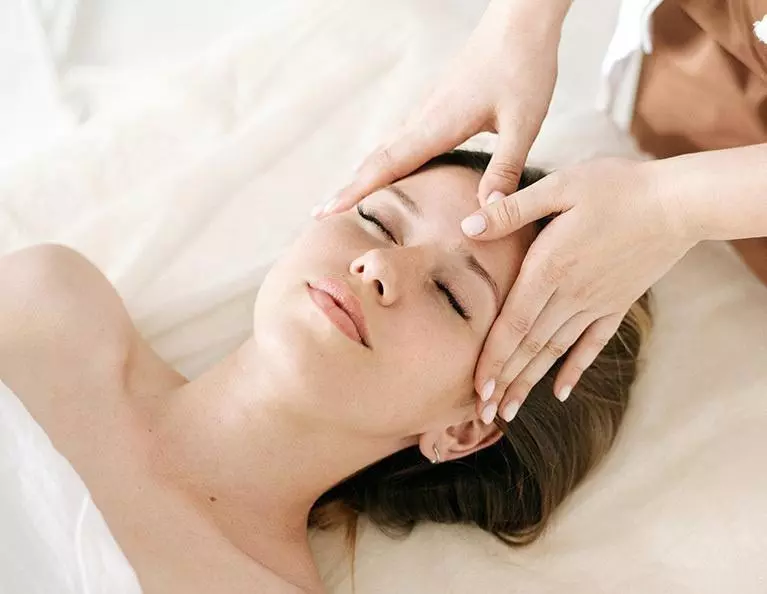This post is the first in a six-week series on Trichotillomania and Your Teen. Through education and comprehension, families can begin to address the disorder and get access to assistance and support.
Trichotillomania is an often misunderstood condition that can be extremely confusing for both those suffering from the disorder and their loved ones. Pronounced trick-oh-till-oh-MAY-nee-ah, the long official name is often shortened to its more commonplace monikers, Trich or TTM. The disorder is characterized by the body-focused repetitive behavior (BFRB) of hair pulling, but the specifics of the location of the hairs, extensiveness of the pulling, disruptiveness of the urges, and duration of the symptoms vary in each individual. For example, Trichotillomania can involve pulling hairs from the scalp, eyebrows, arms, pubic area, or legs. It can involve individuals who don’t even notice that they are pulling and find treatment quite manageable as well as those who find the urge to pull is so impossible to control that they think of little else and struggle greatly to overcome them. It can involve lifelong, chronic sufferers and though rarely, also temporary, short term ones. These and many other factors can come together in any number of combinations producing a wide array of answers to the question, what does Trichotillomania look like?
As a condition that is relatively new to the main stream media (only entering the media in the United States about 25 years ago, according to the TLC), classification and definition are still evolving as experts in the field continue to gain experience with Trich and initiate specialized interchanges about the disorder with other professionals. Categorizing Trichotillomania as a BFRB is a different way of approaching a subset of impulse control disorders that are specifically, consistently, and compulsively damaging to one’s body such as nail biting and skin picking. This classification acknowledges the side of the disorders that often resembles habits, addictions, and tics while separating them from the broader obsessive-compulsive disorder and other externally impacting impulse disorders such as kleptomania and pyromania.
Trichotillomania can affect a person of any age, gender, ethnicity, or background. It can occur in happy, well adjusted individuals as well as those experiencing a high amount of anxiety or stress. According to trich.org, “preliminary evidence indicates TTM is a neuro-biological disorder and that genetics may play a role in its development.” They describe this predisposition as a self-soothing mechanism that can be triggered by simple sensory events or stressful life events. Indeed, with such a broad base of impacted individuals, early stage research doesn’t eliminate the probable scenario in which the causes of Trich are multiple and varied either. In the United States alone, some 2-4% of the population suffers from Trichotillomania and while the distribution between males and females is essentially balanced in childhood, prevalence of reported cases swings heavily to women by adulthood.
Over the next six weeks we will cover the signs and symptoms of Trich, first steps, treatments and solutions for the condition, hearing from others, and an in depth look at the TLC (the Trichotillomania Learning Center). Please join us as we explore some important facets of this challenging disorder, and if you or your teen are struggling with Trich, do not hesitate to contact one of our specialists to begin your journey towards assistance and support today.
Photo credit: Evil Erin via Flickr Creative Commons







